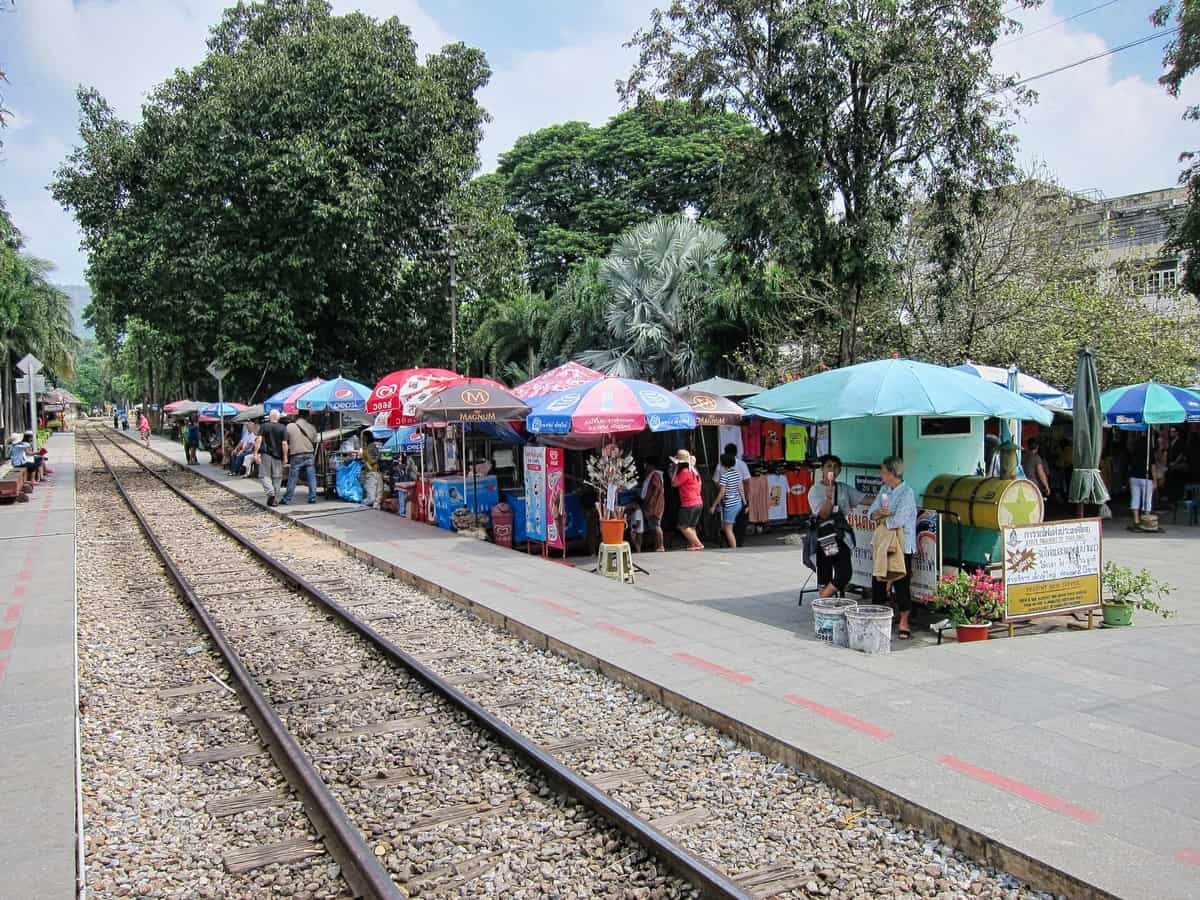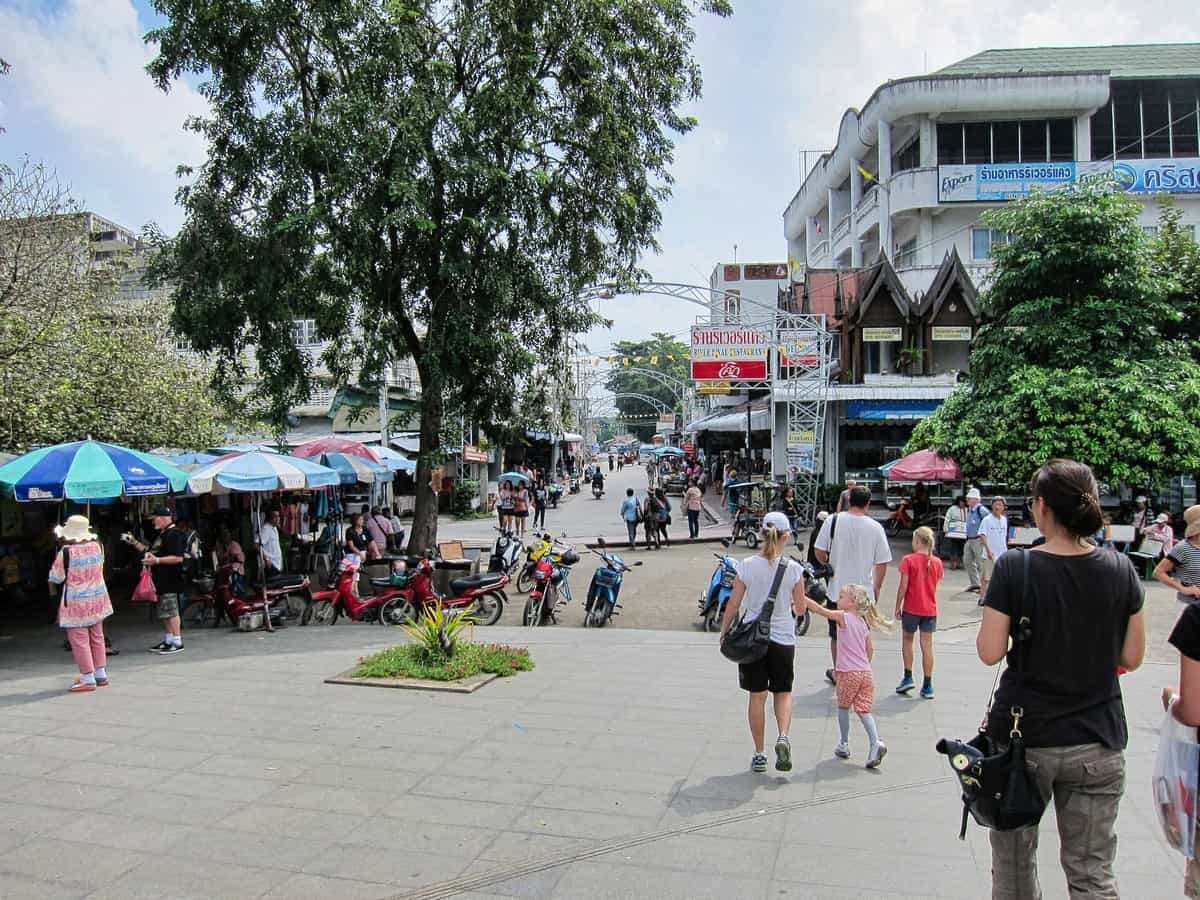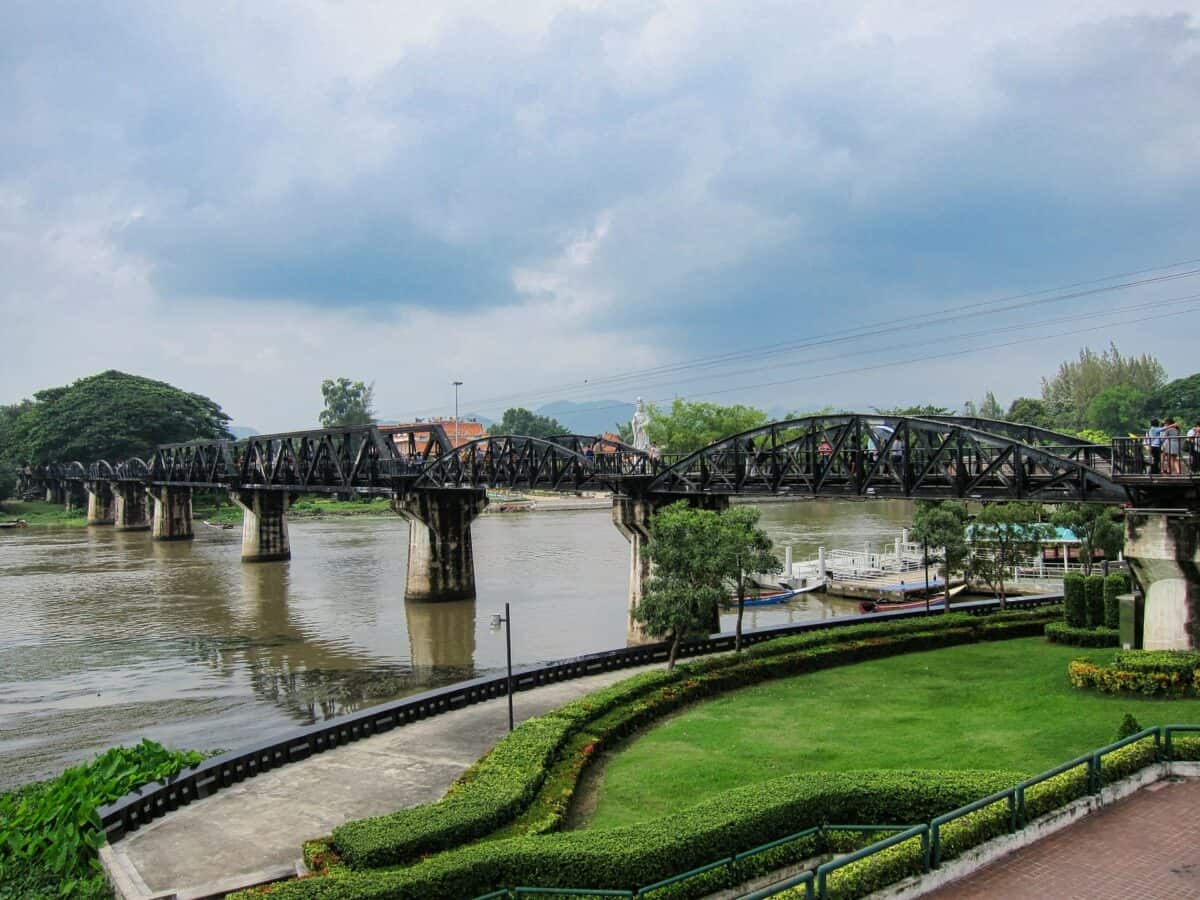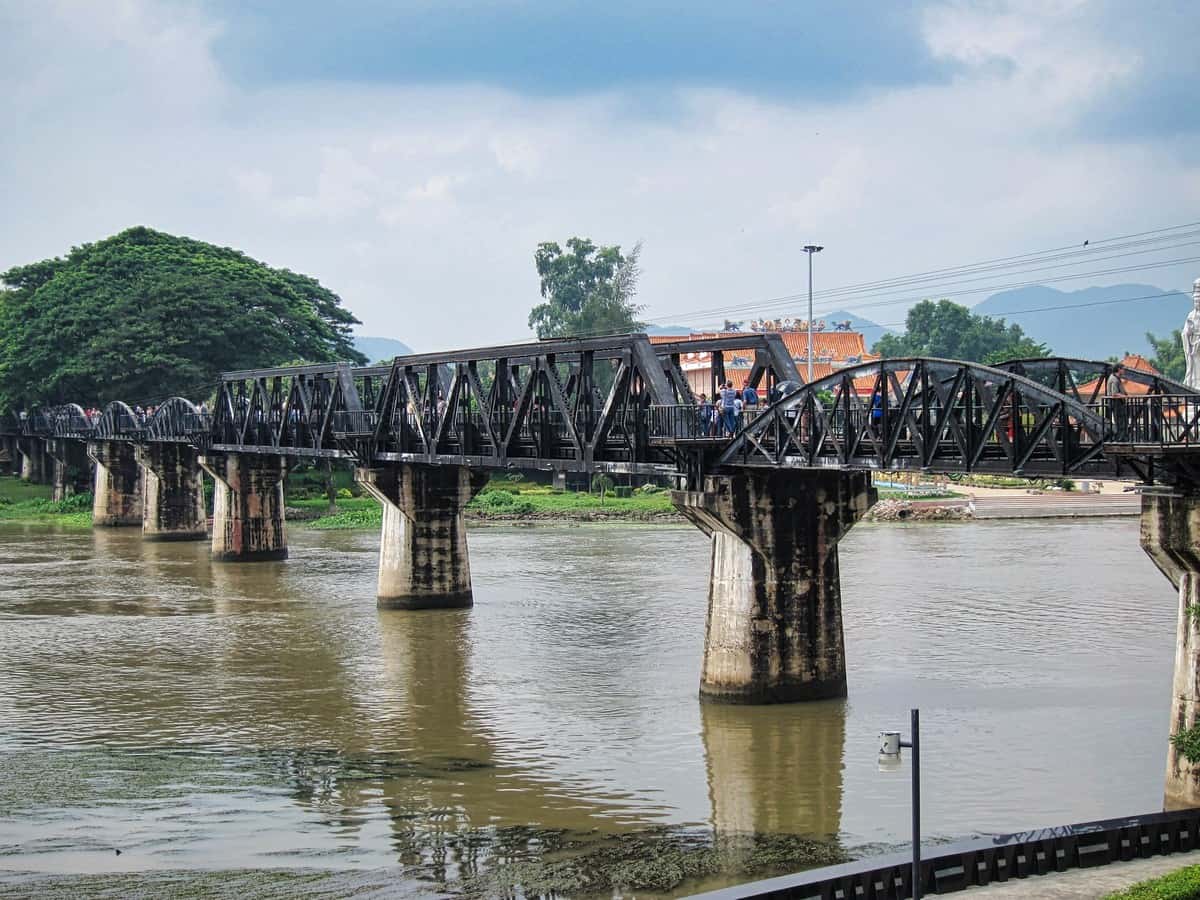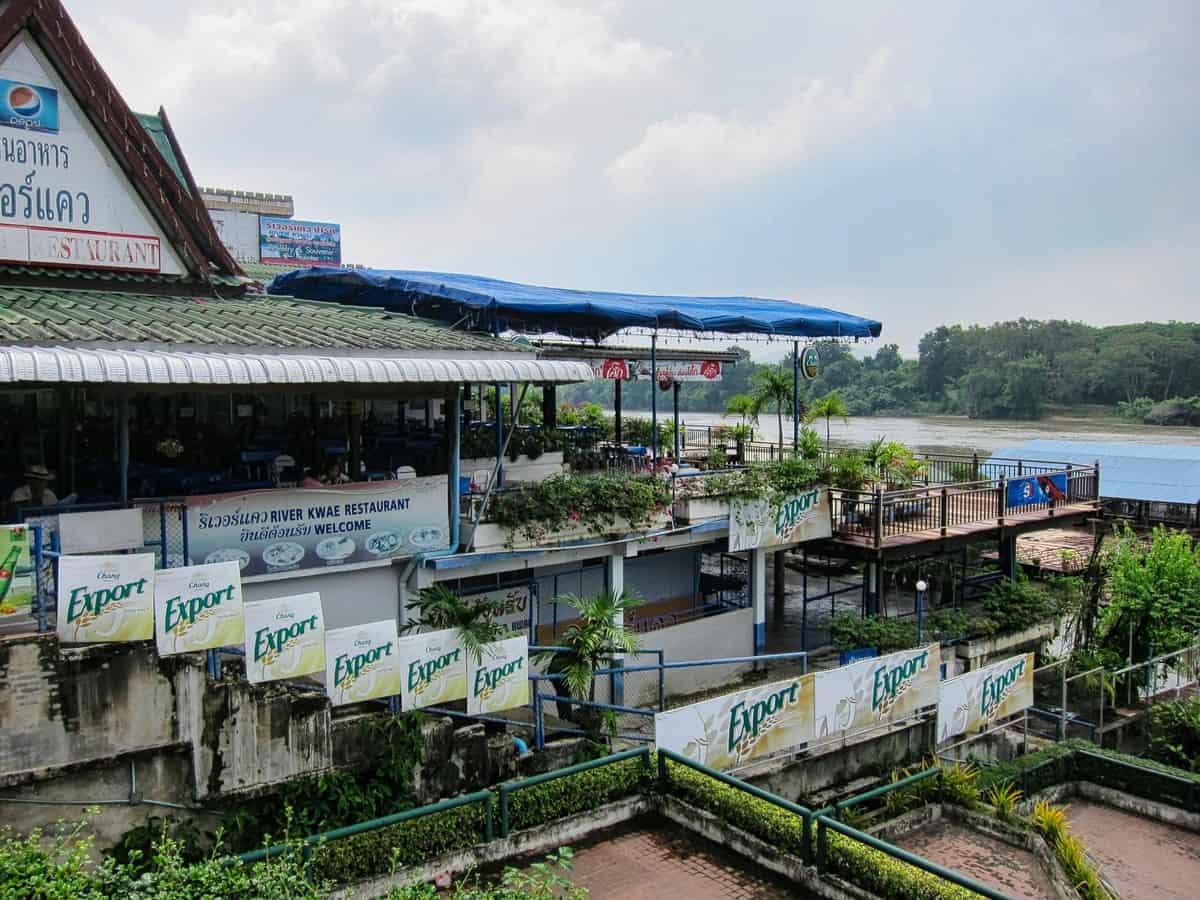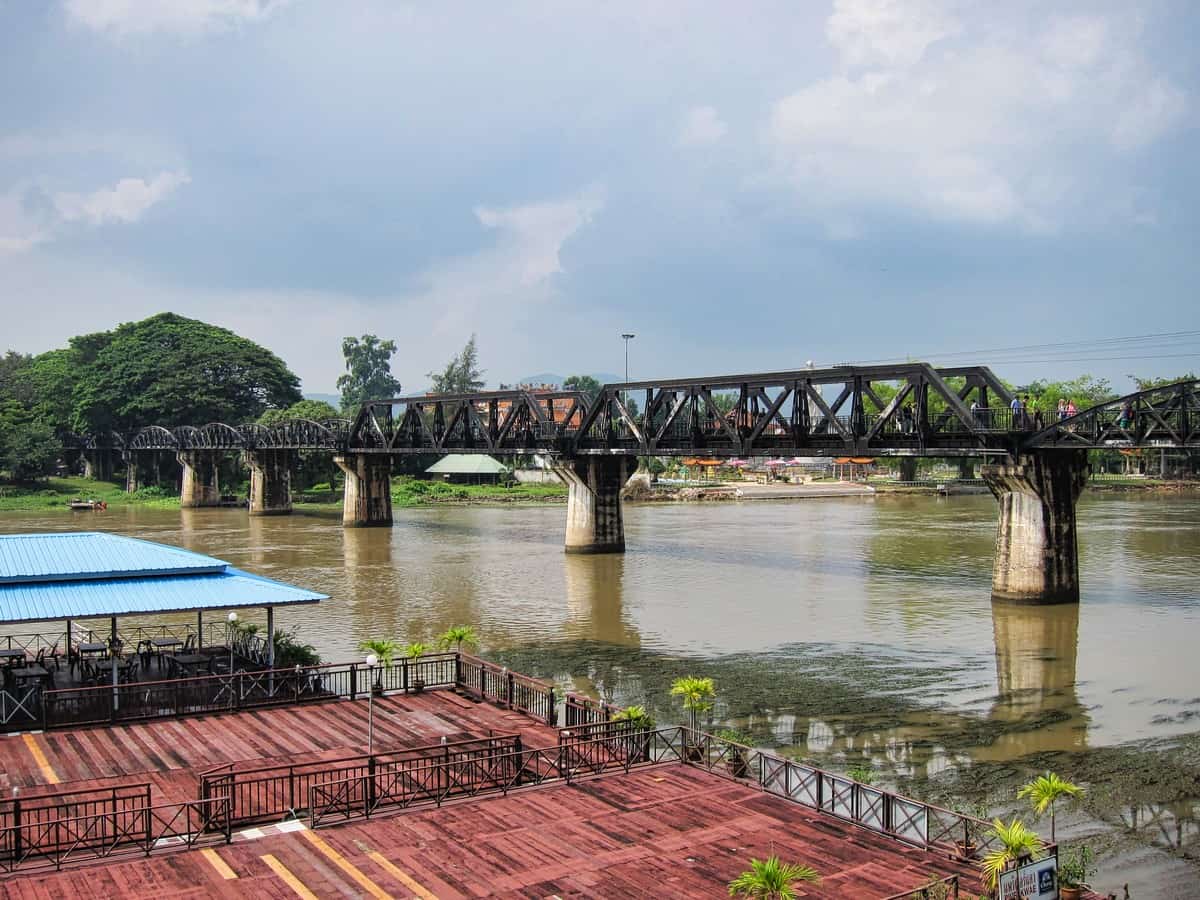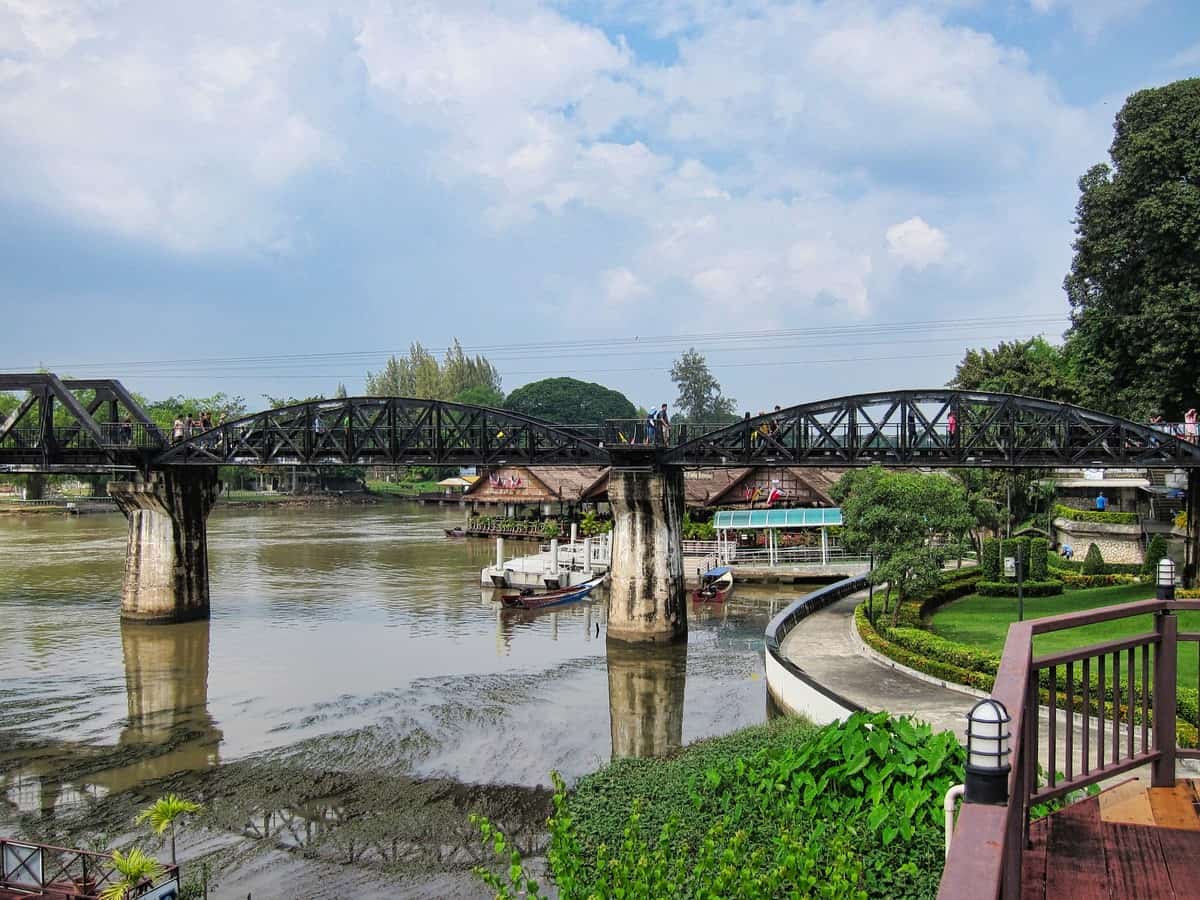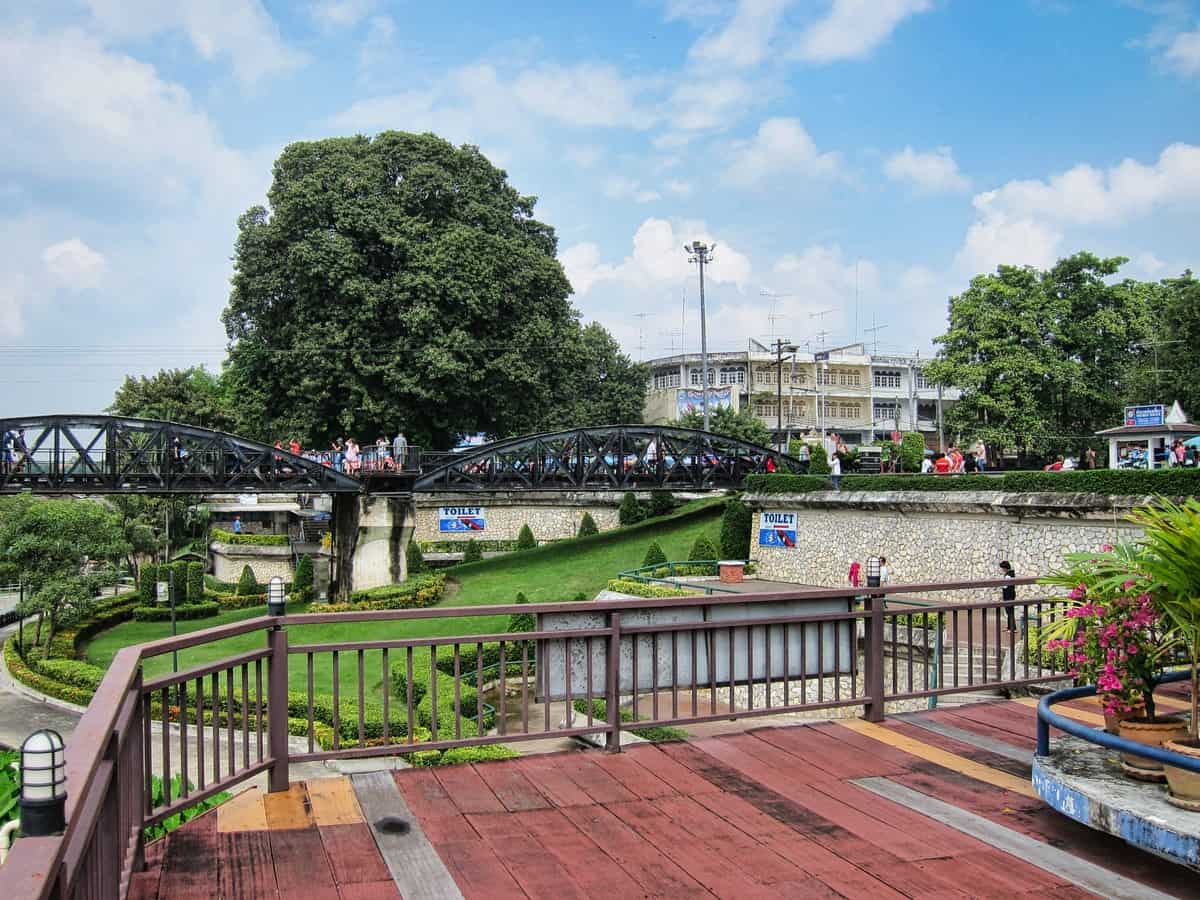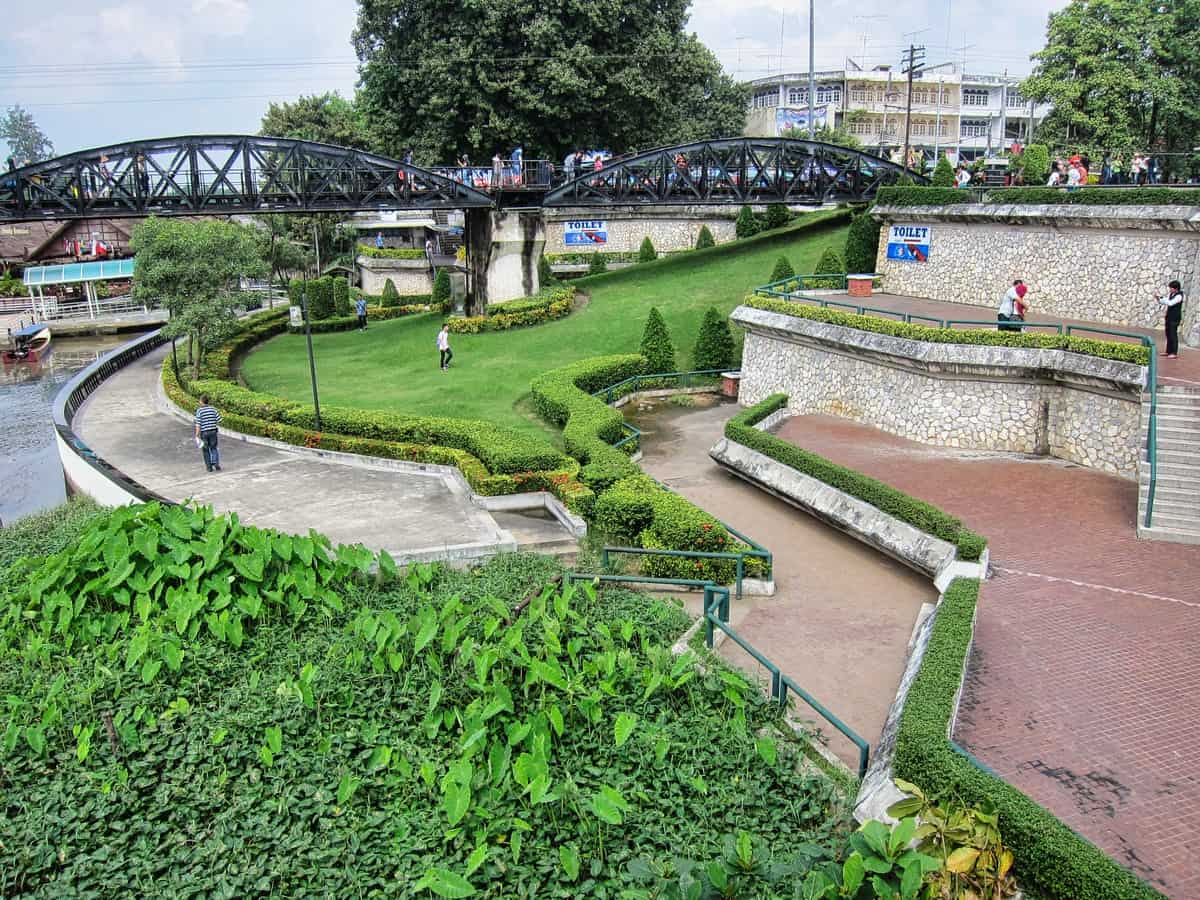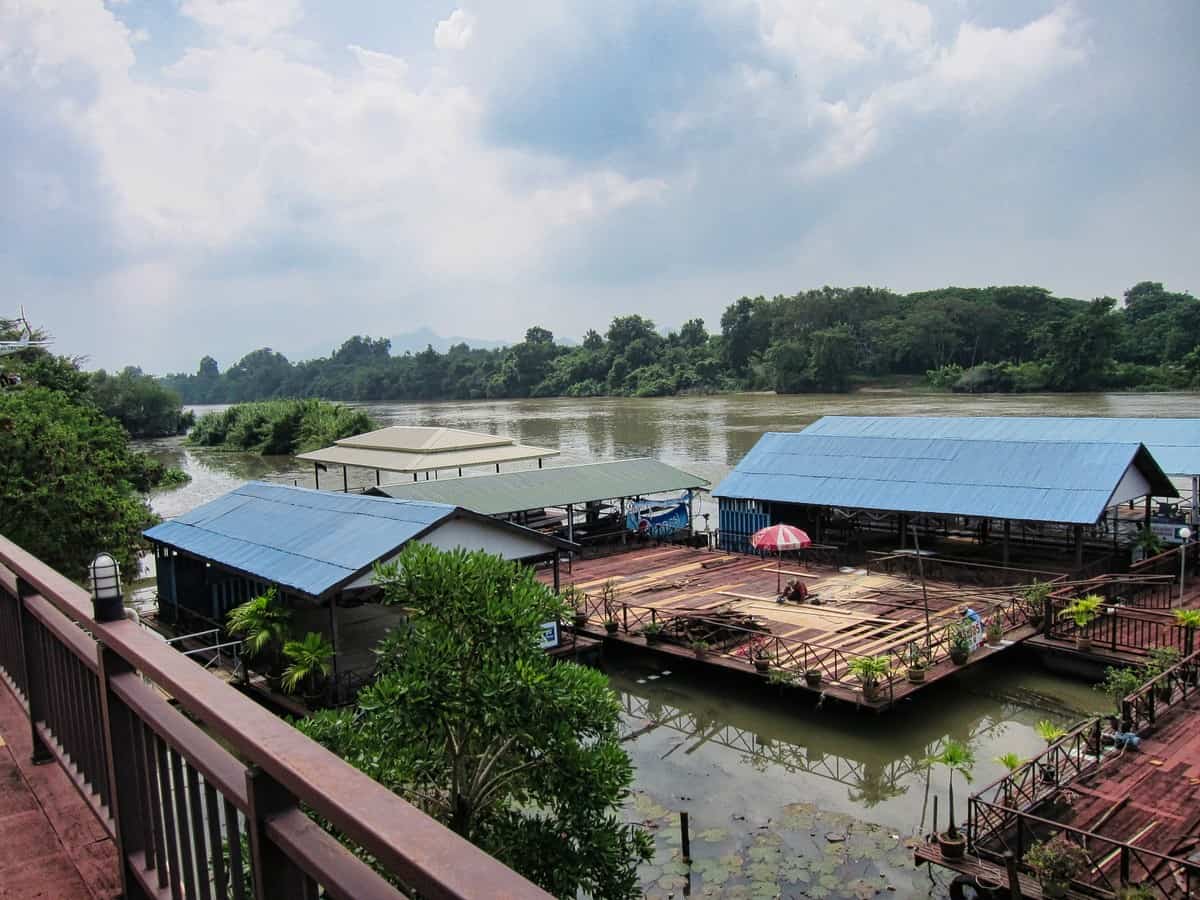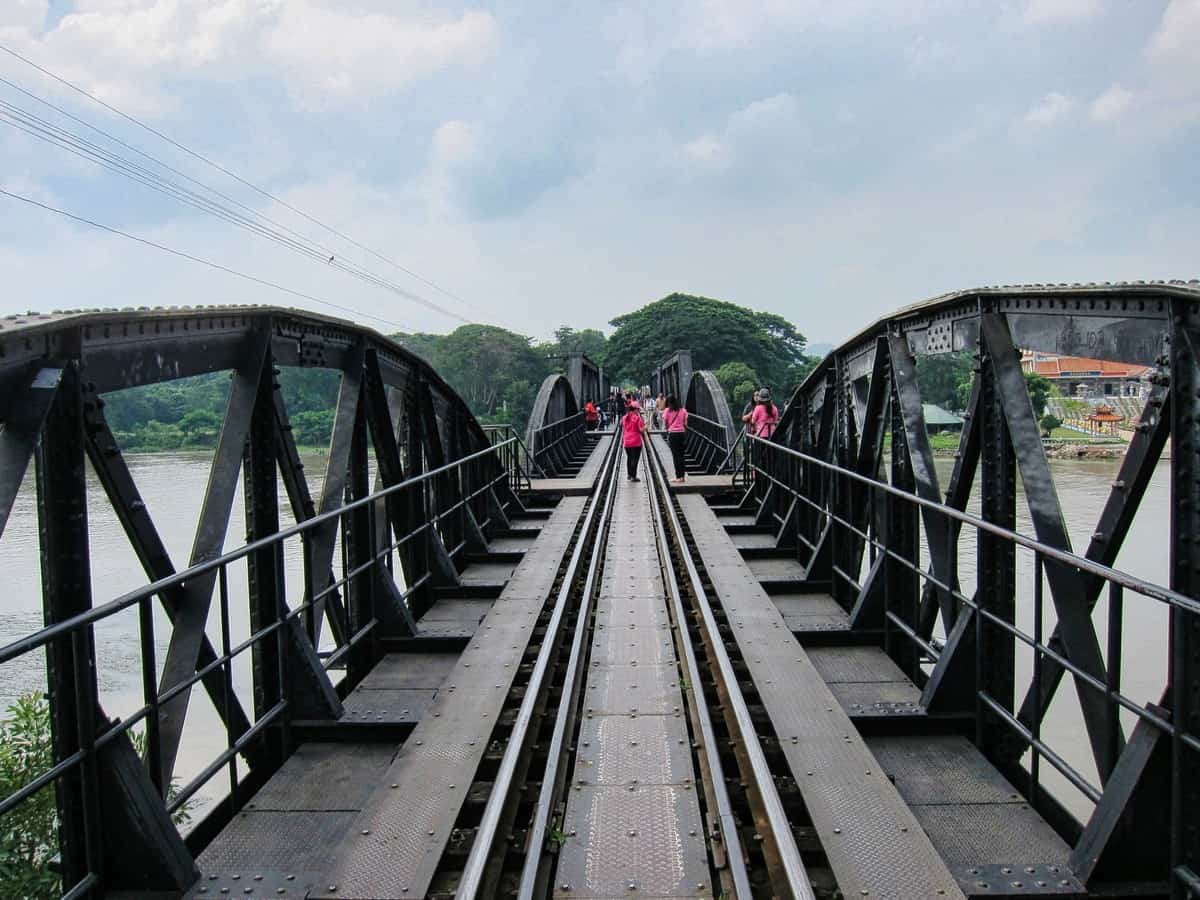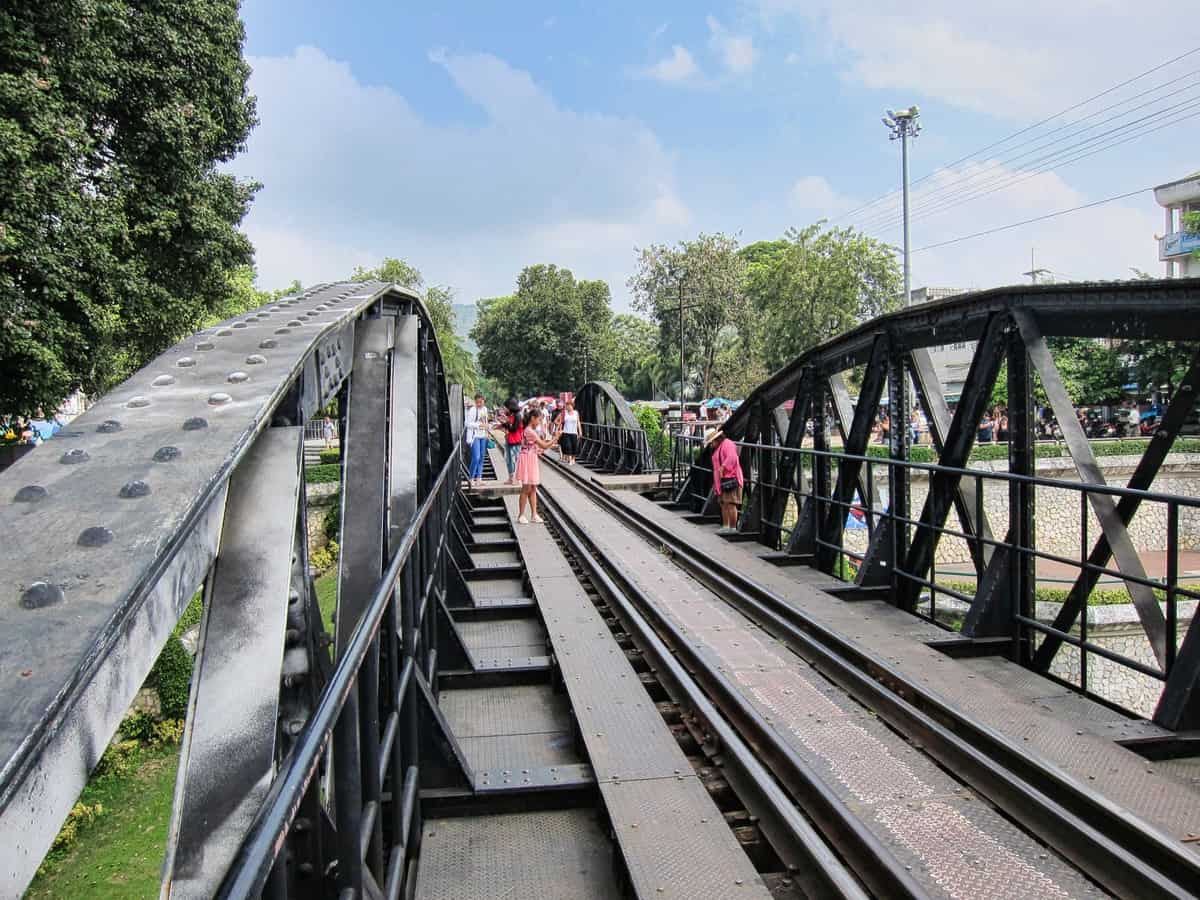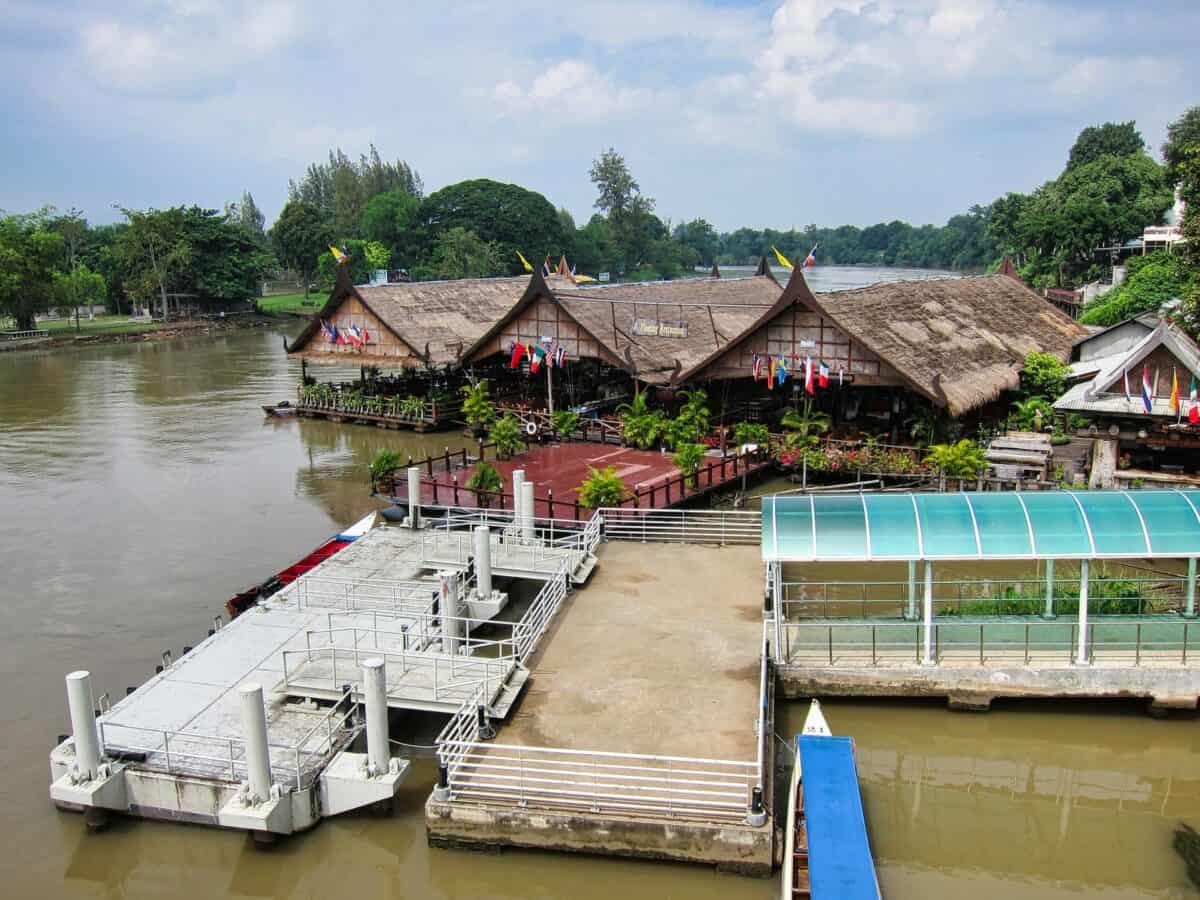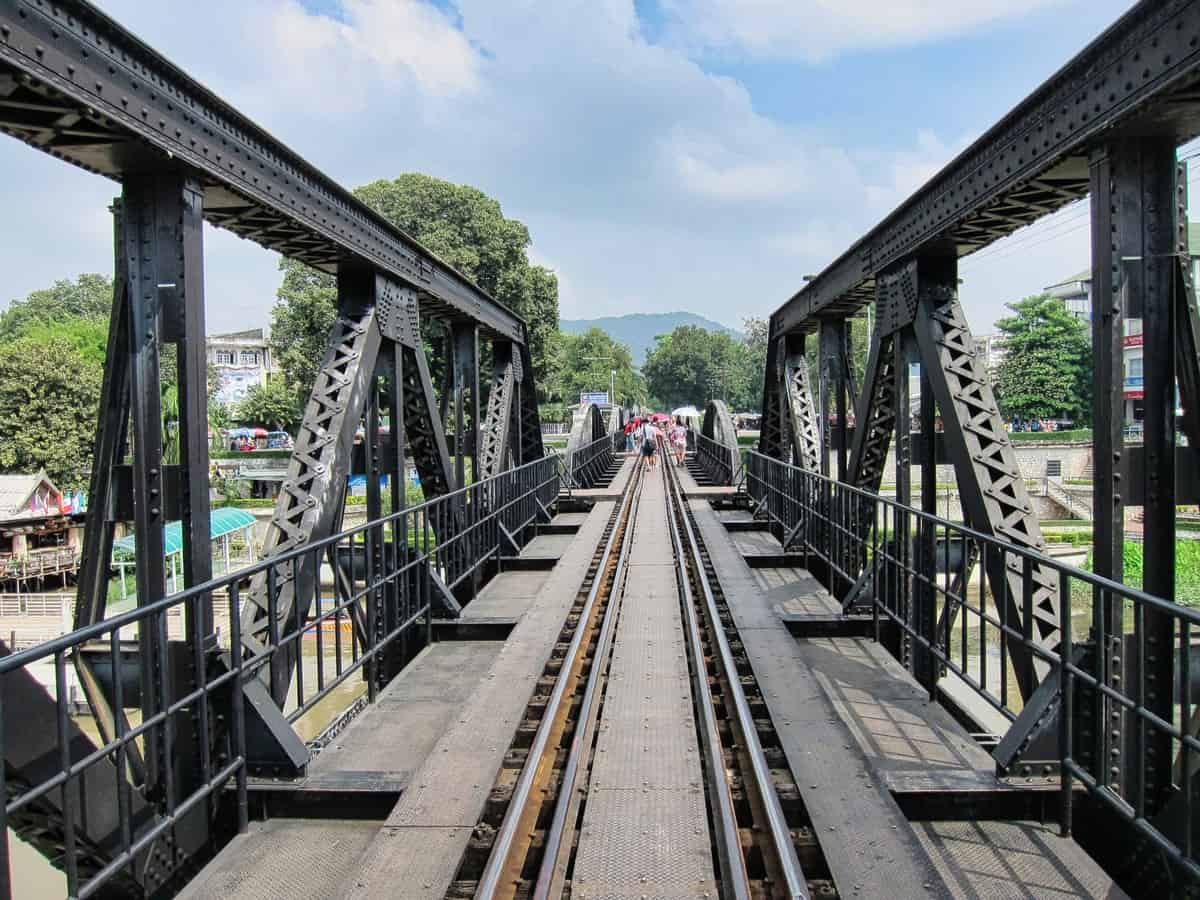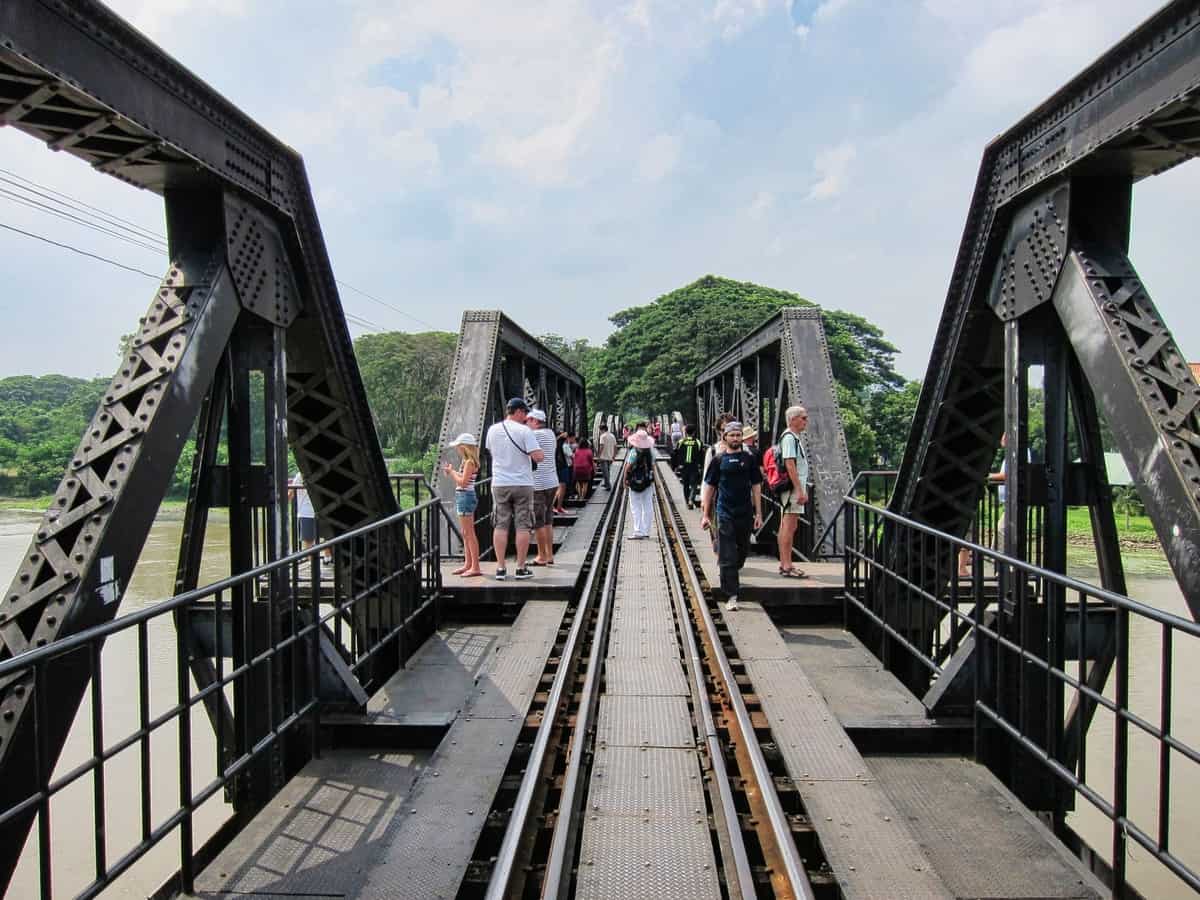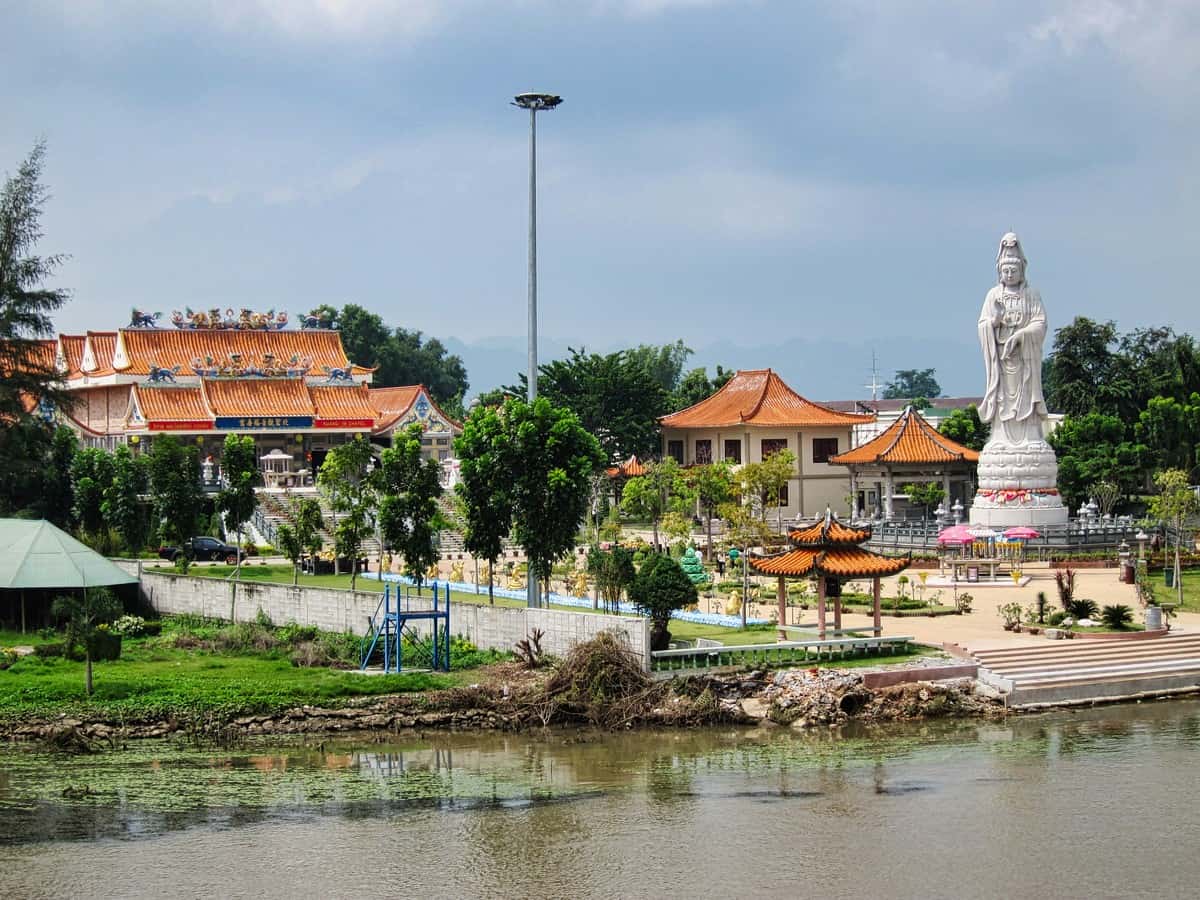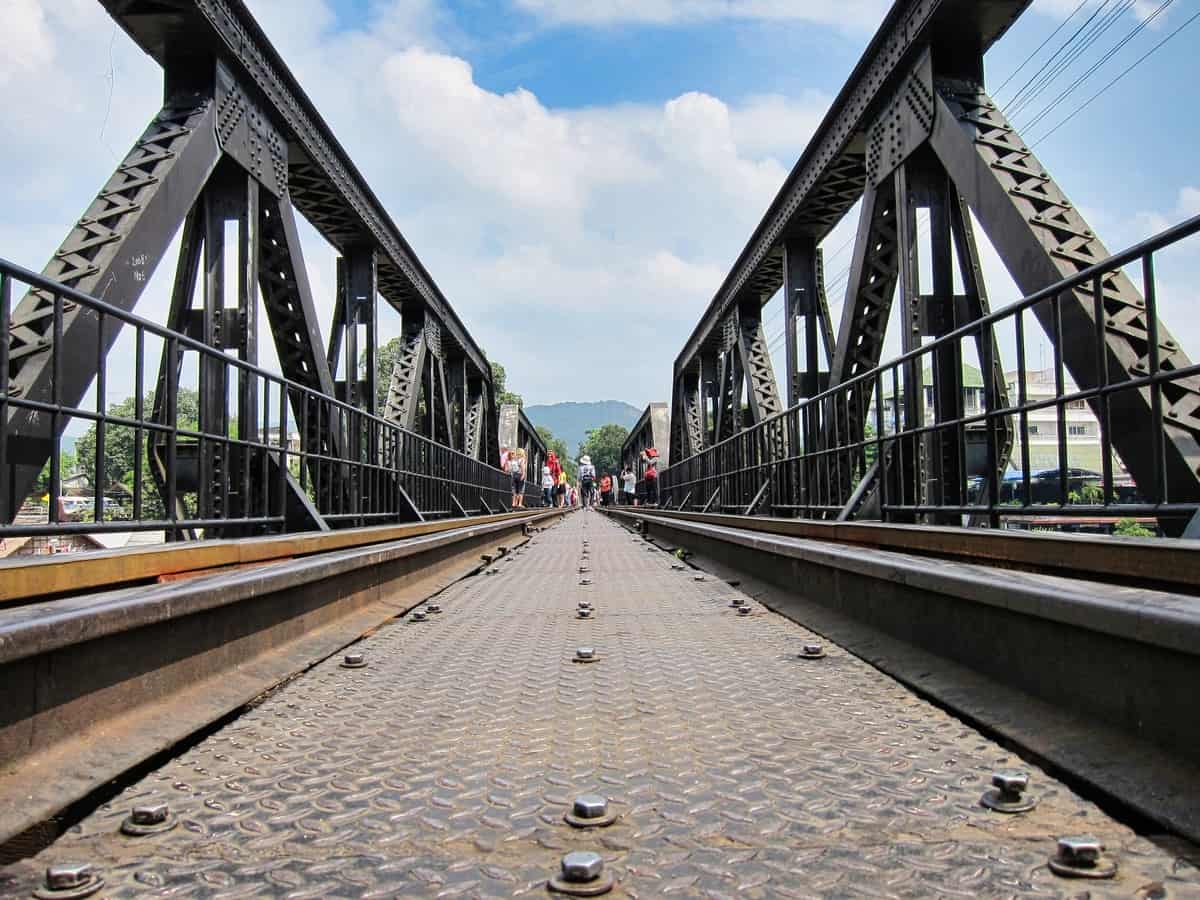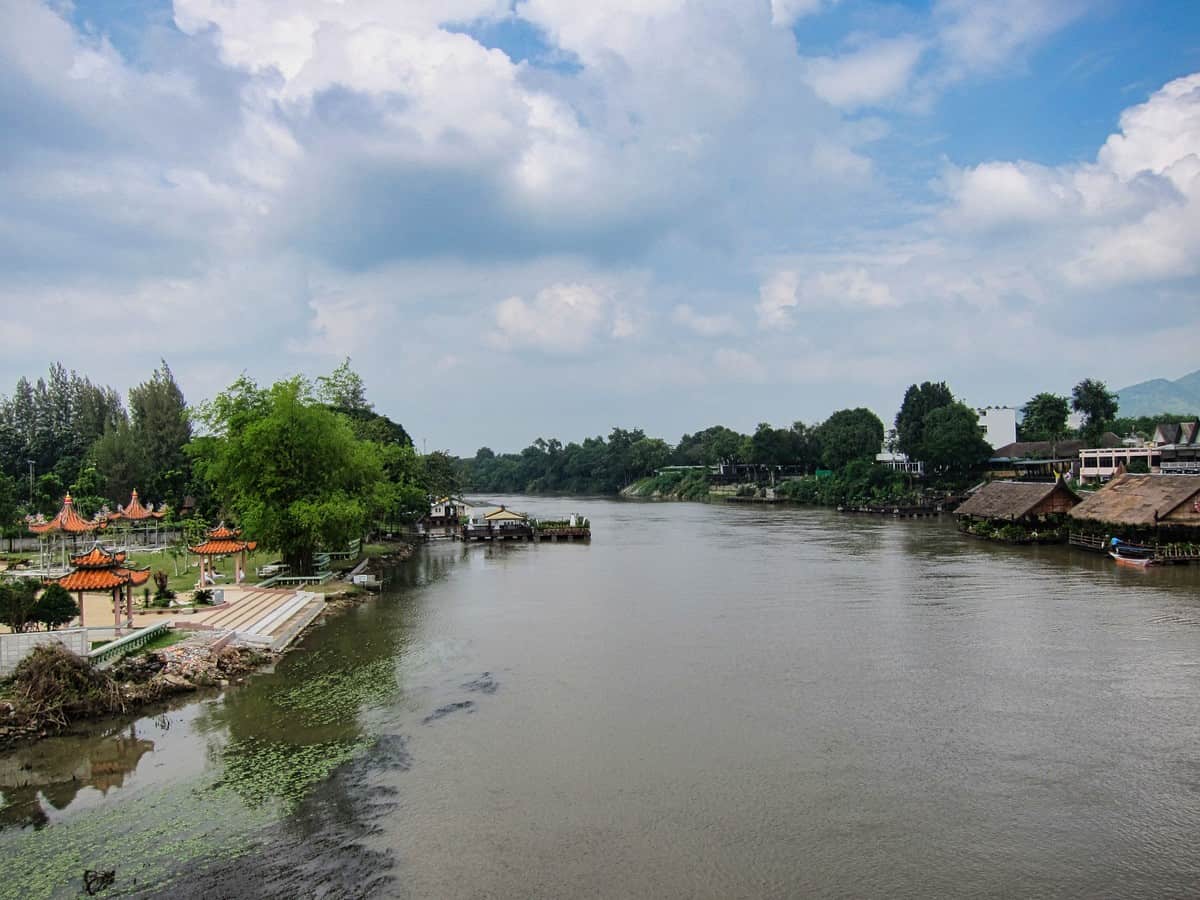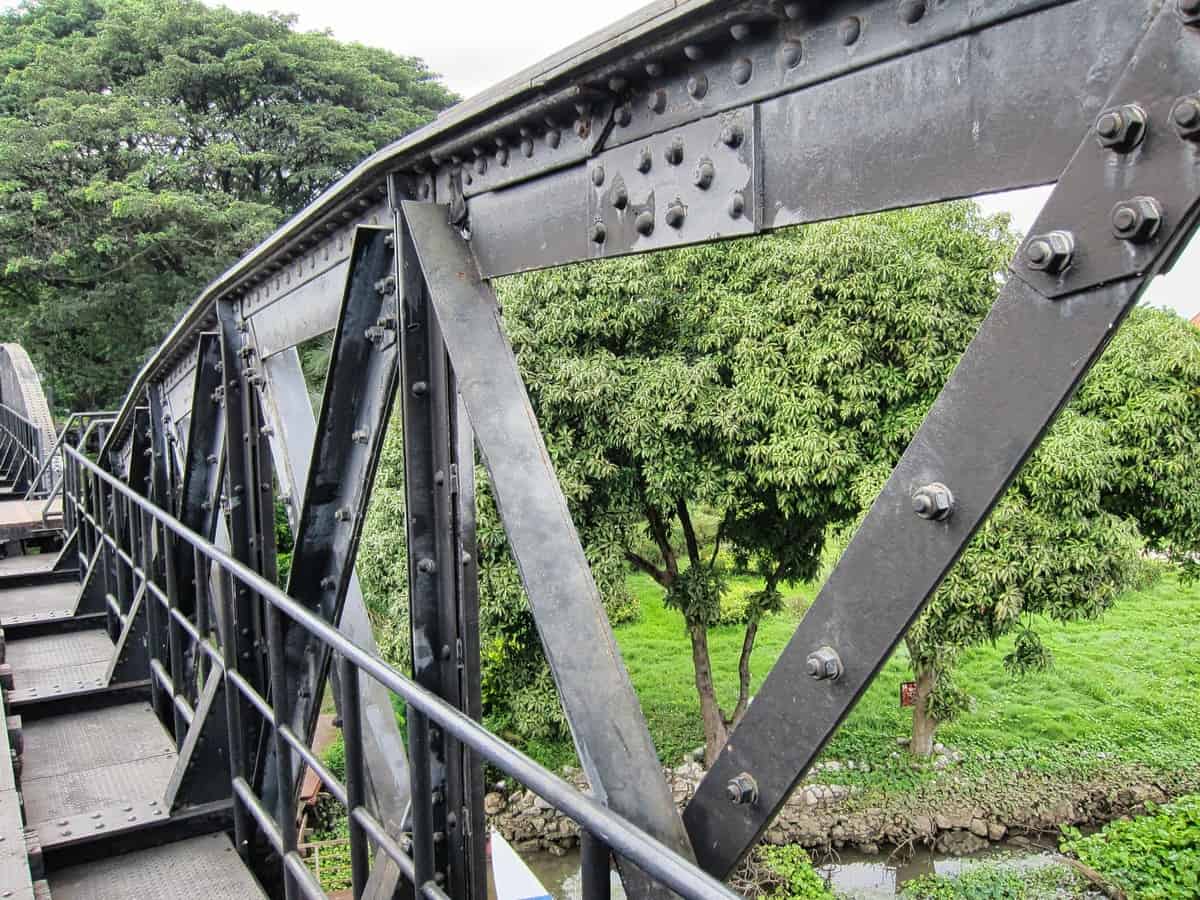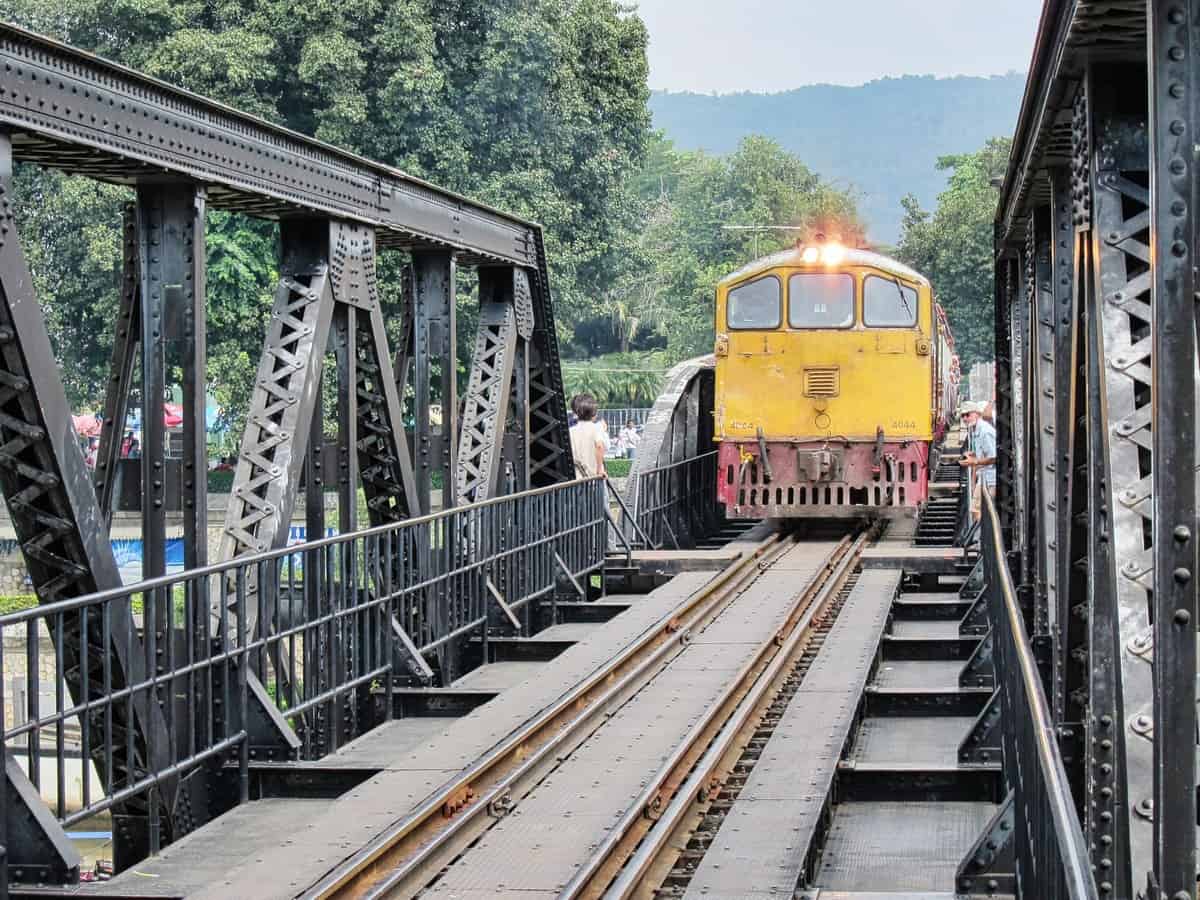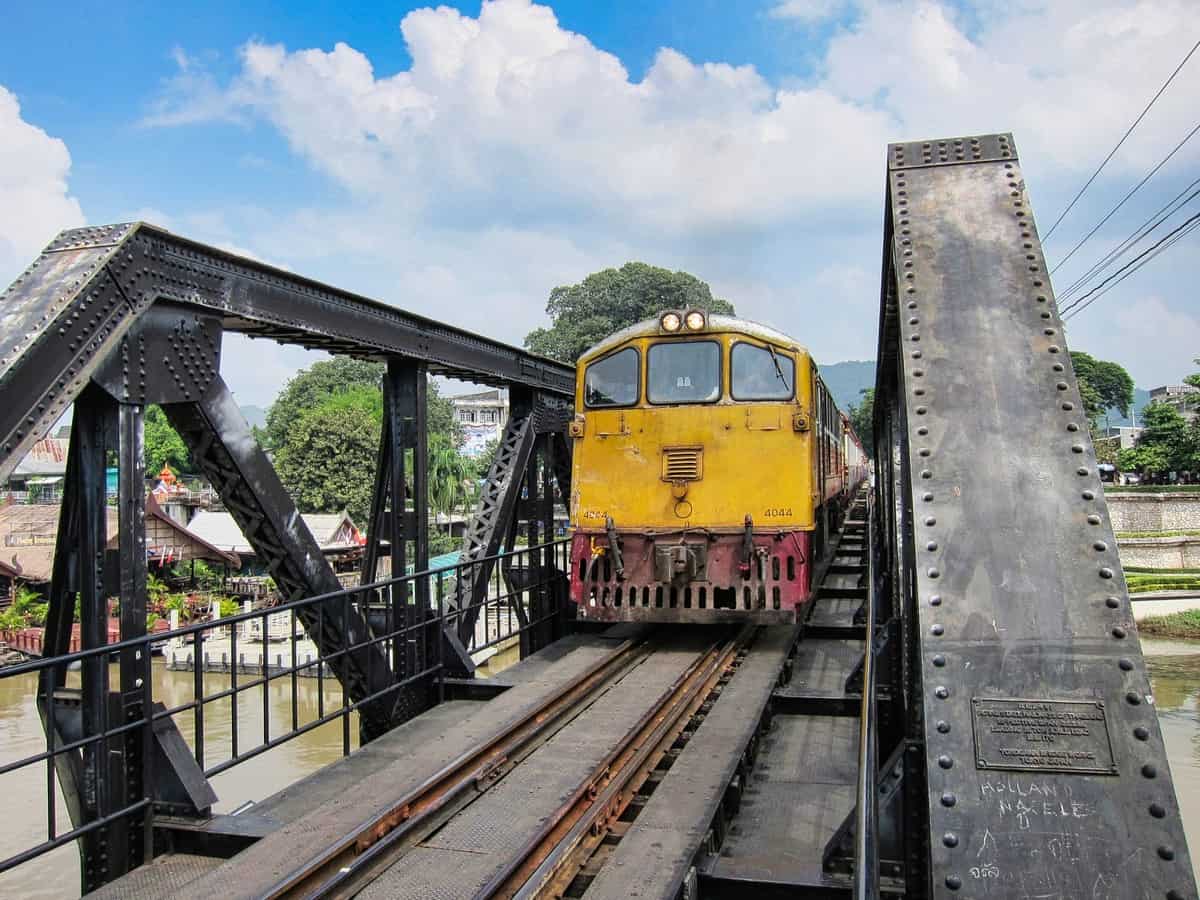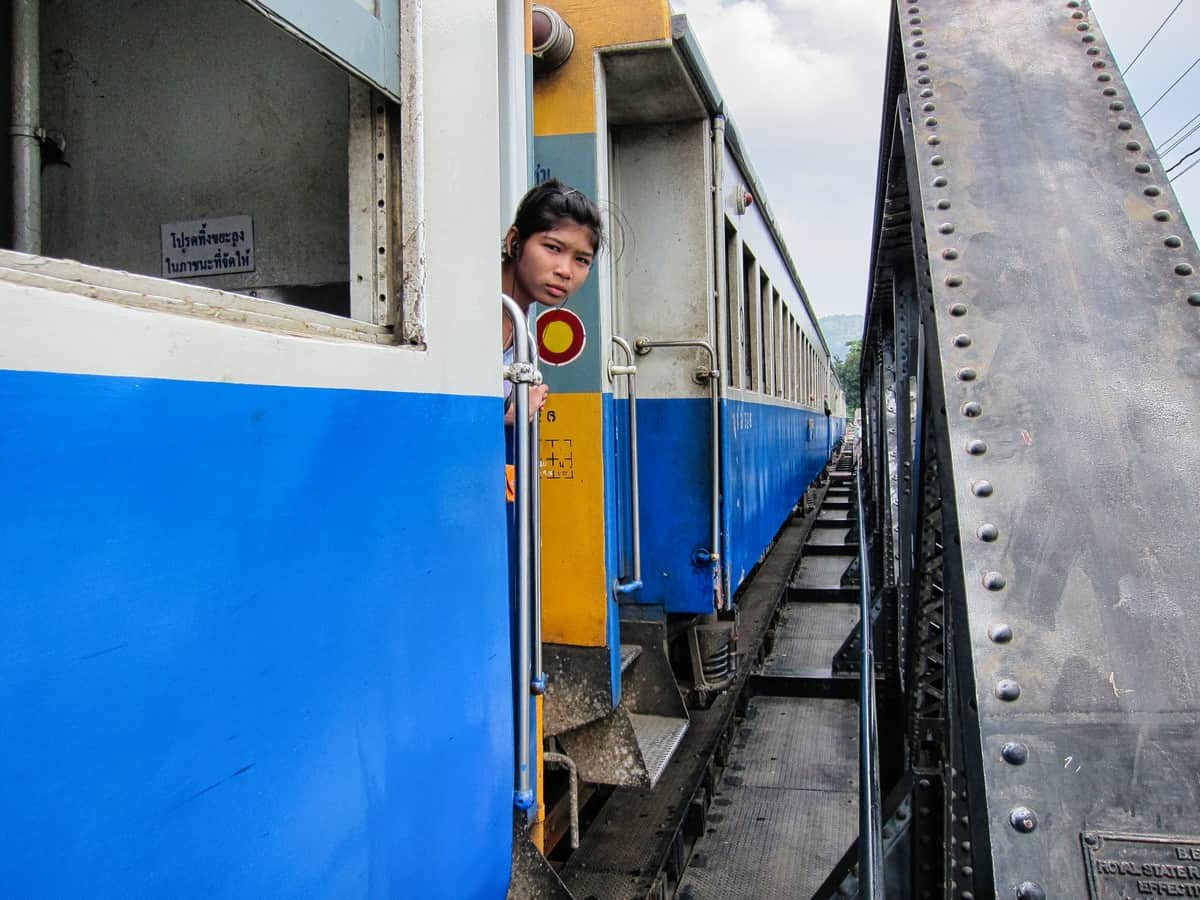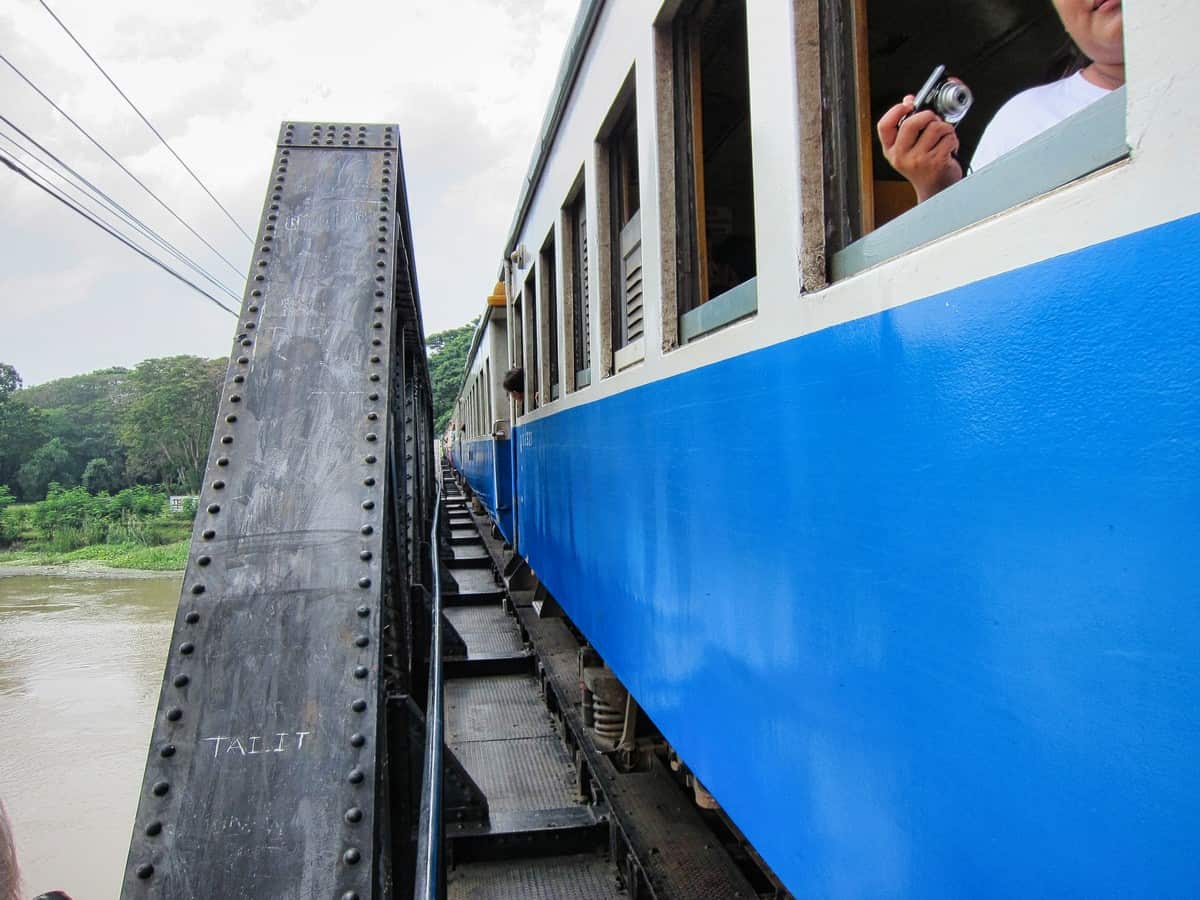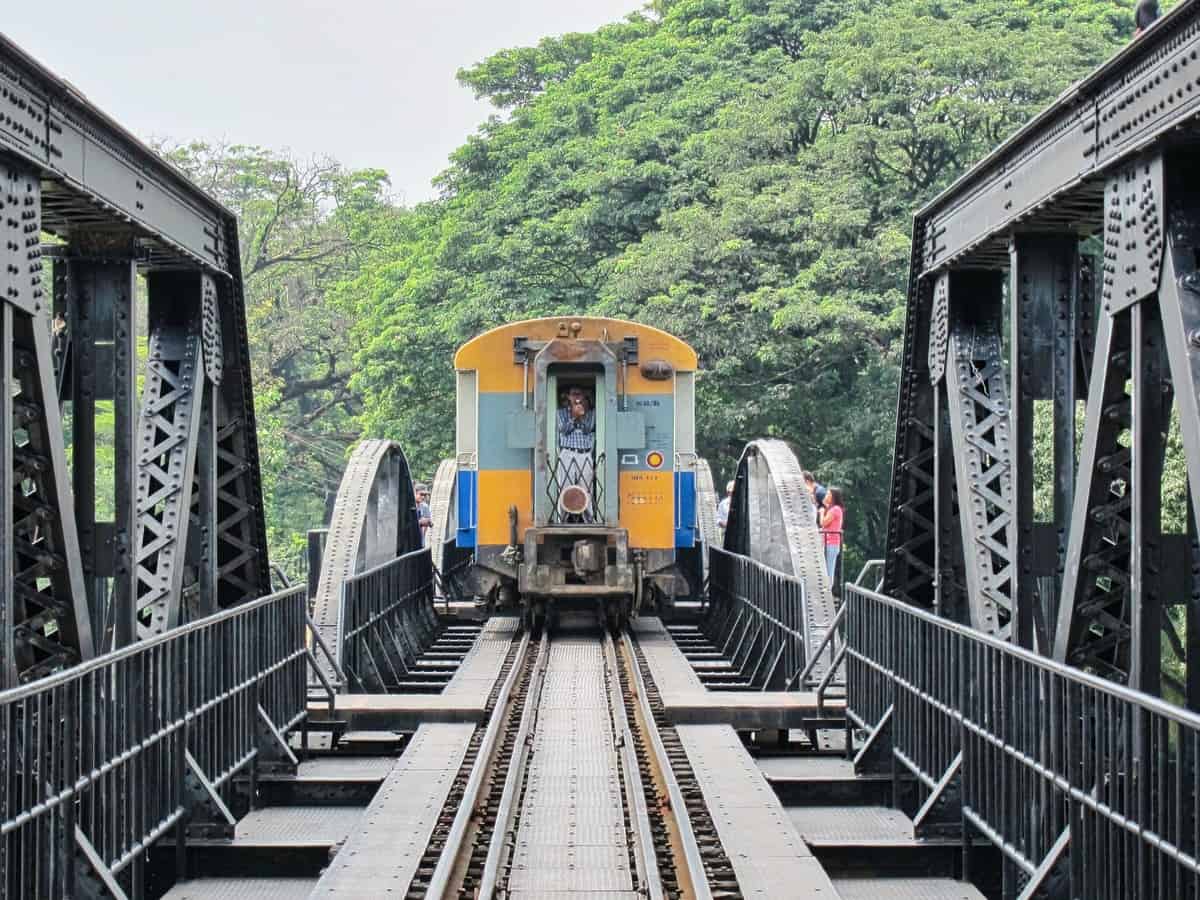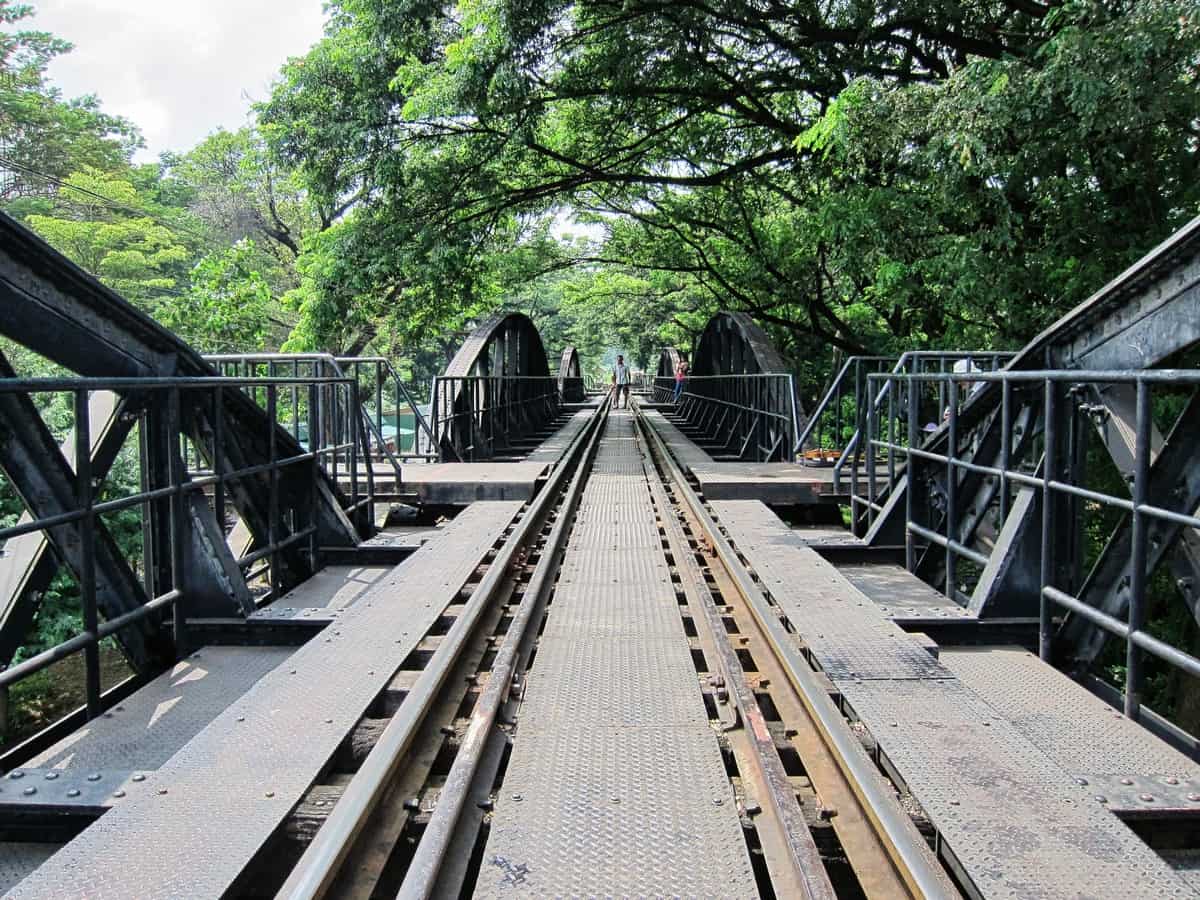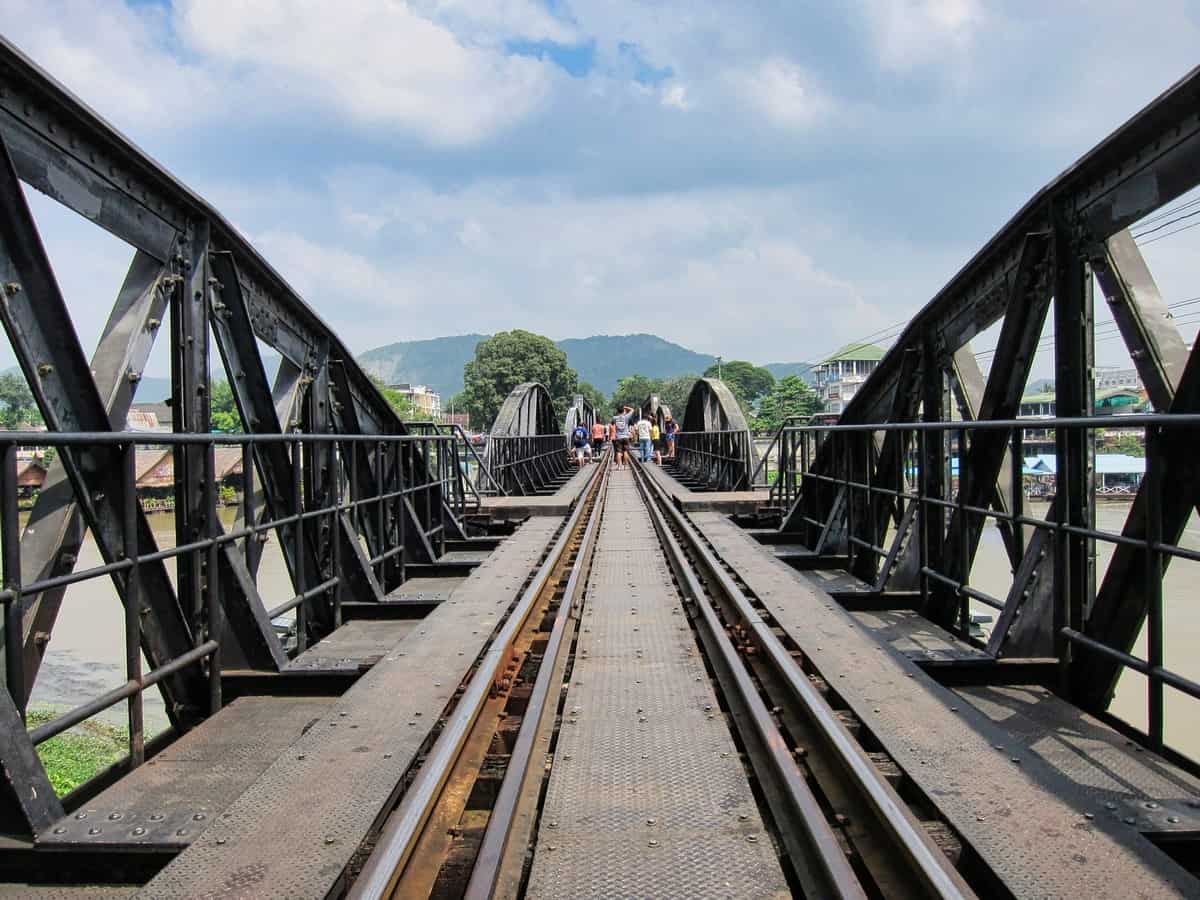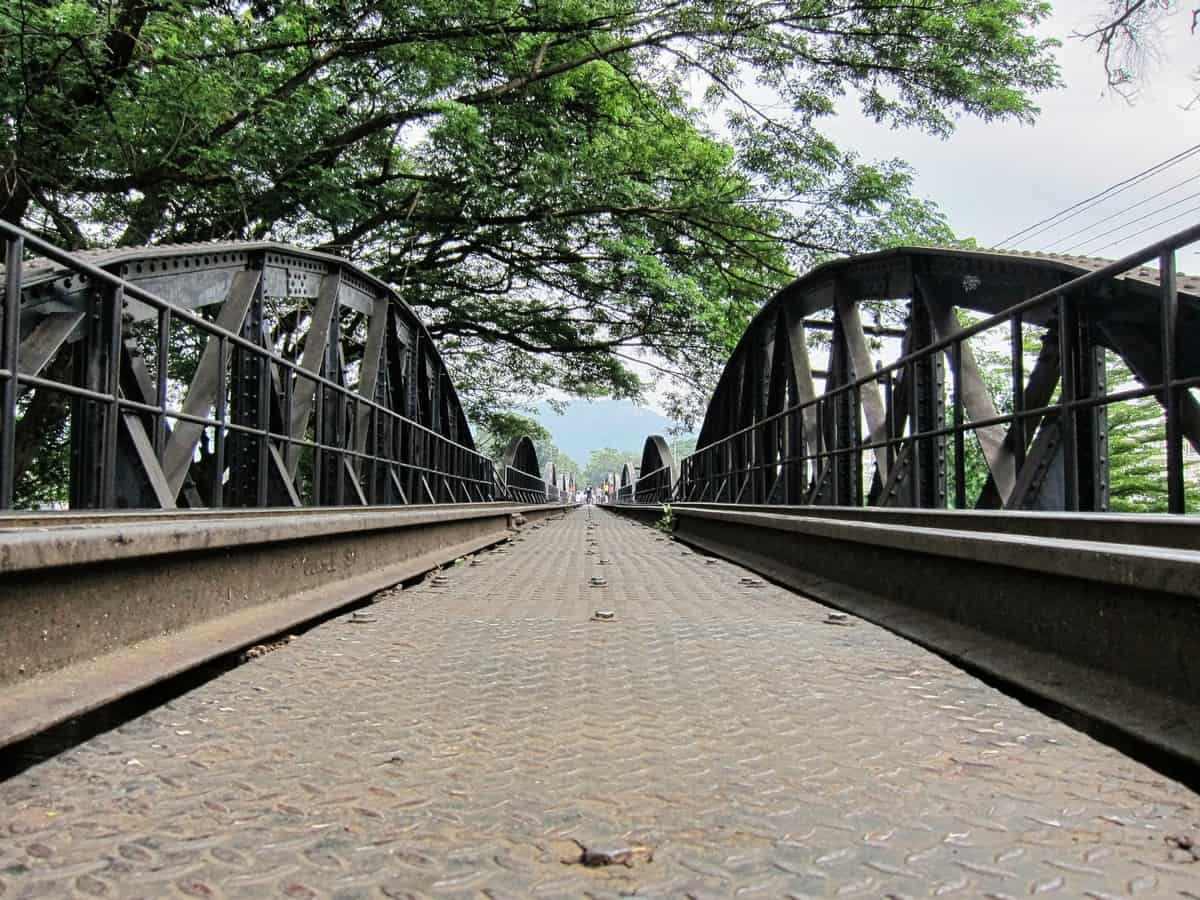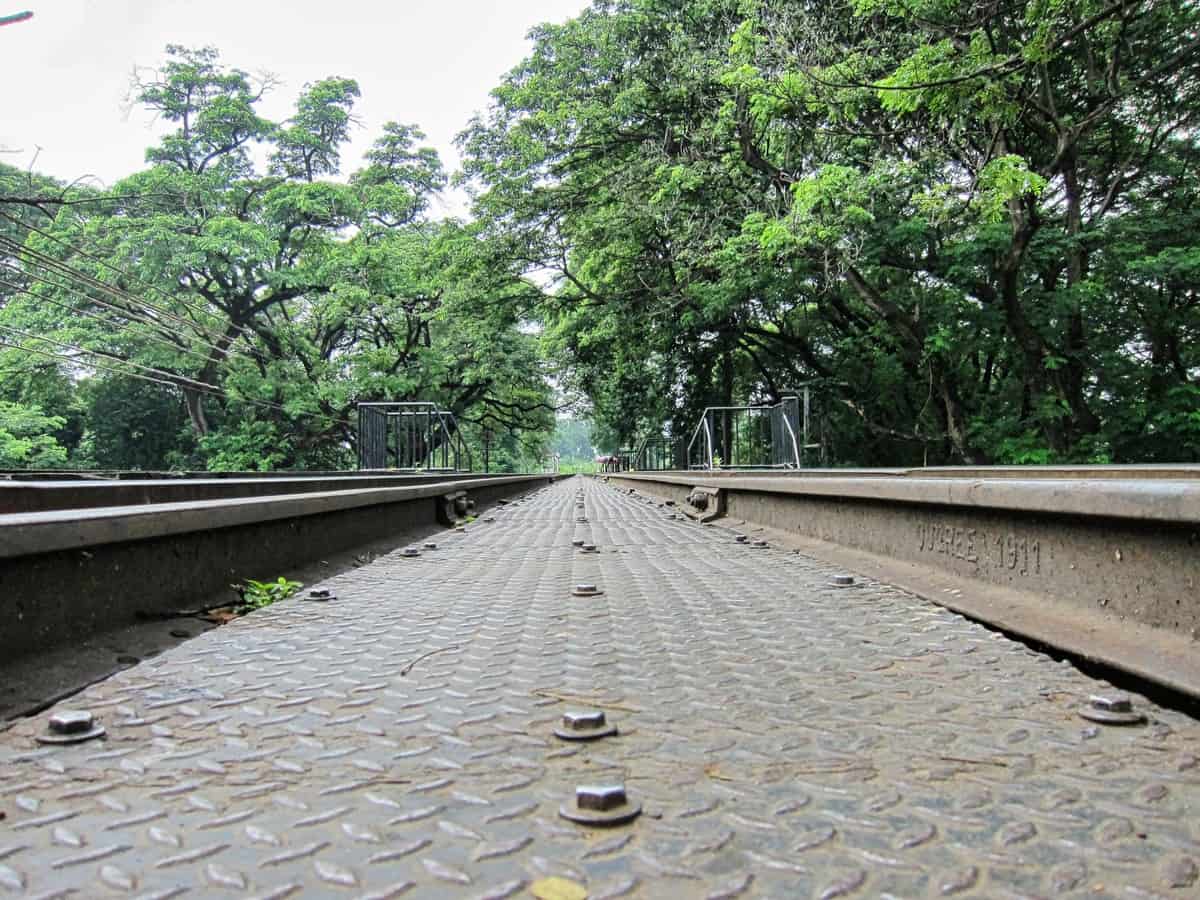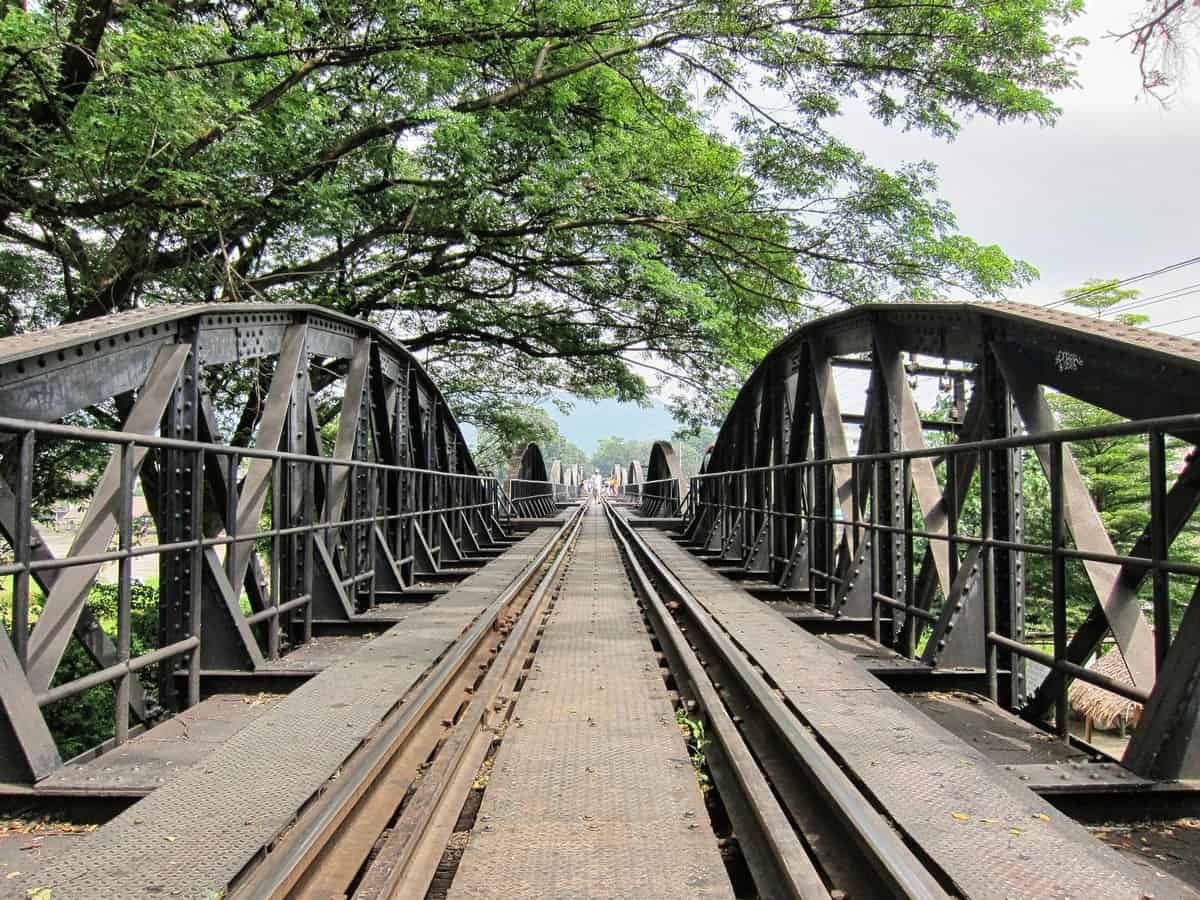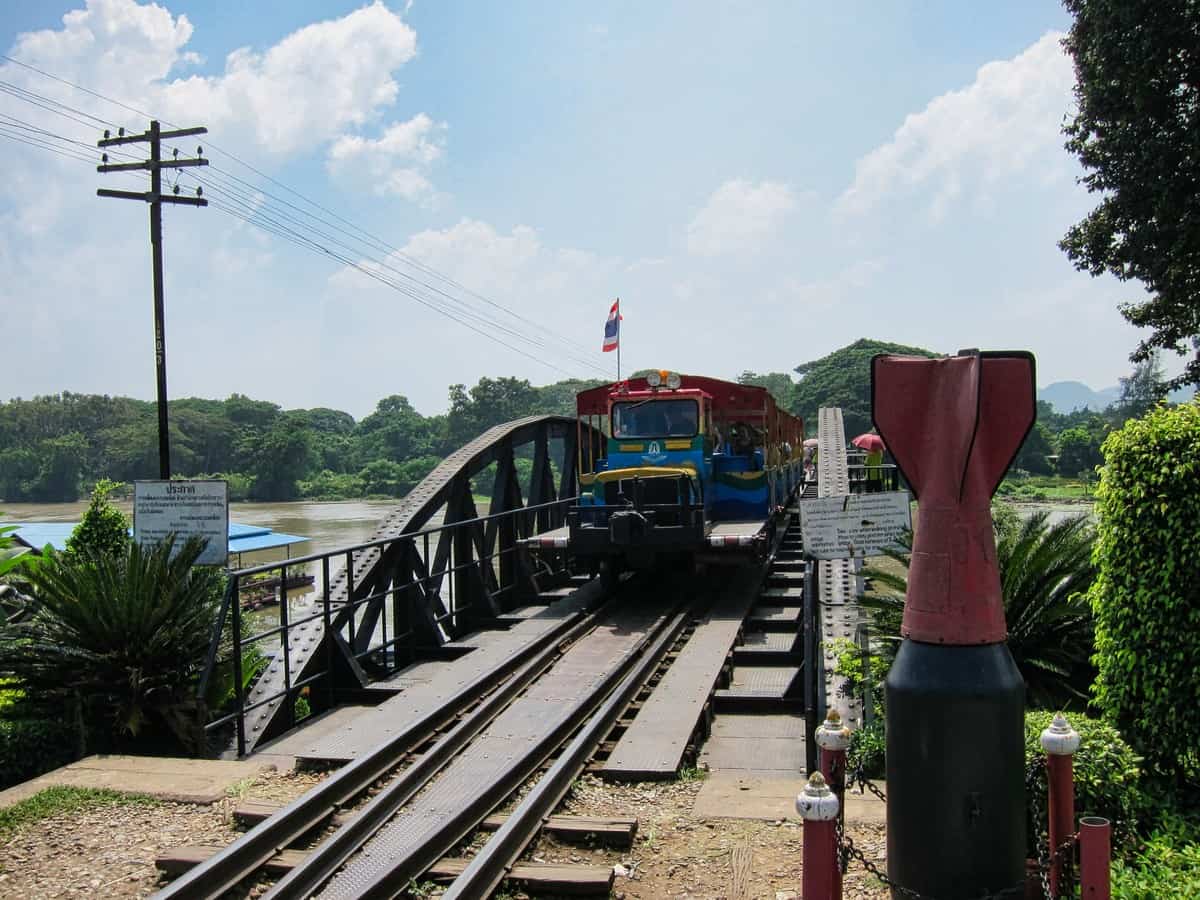Thailand Tour 2013
Kanchanaburi | Thailand
21 Oct 2013 | Mon
Day 05 of 43
Bridge Over River Kwai Kanchanaburi
In 1941, the Japanese Army began construction of a railway bridge over the River Kwai in Kanchanaburi Province, Thailand. The purpose of the bridge was to transport supplies and troops to their Burma campaign during World War II. The bridge was completed in 1943, and became known as the Bridge Over the River Kwai. The bridge was immortalized in the 1957 film of the same name, which told the story of British prisoners of war who were forced to build the bridge.
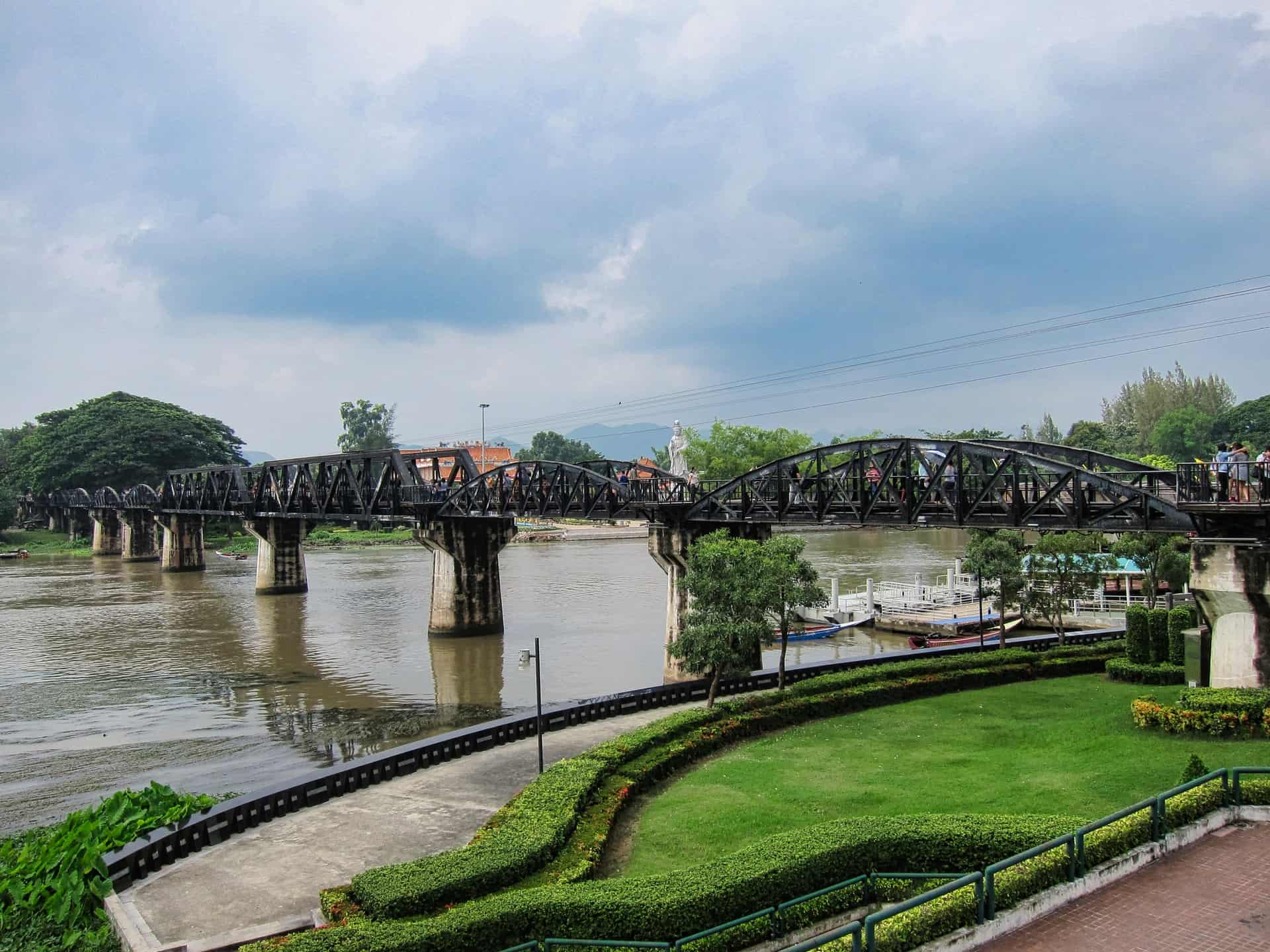
The bridge has become an iconic symbol of Thailand and is one of the most popular tourist attractions in the country. Every year, thousands of people visit the bridge to walk across it and take in the stunning views. But be careful – trains still use this bridge, so make sure to avoid them as you walk!
